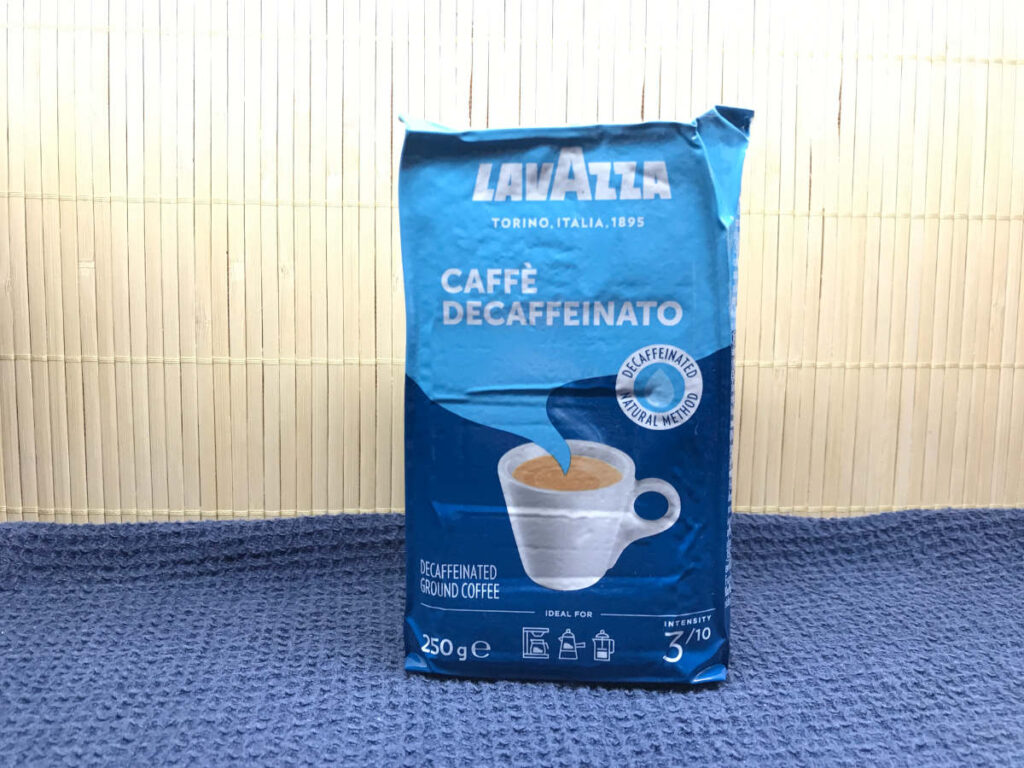Decaffeinated coffee has been growing in popularity over the years due to a variety of factors. Firstly, people may choose to drink decaffeinated coffee because they are trying to reduce their caffeine intake. Caffeine can have unwanted side effects like giving you the shakes, anxiety, and even insomnia. So many people are swapping to decaf coffee. So, How do you decaffeinate coffee?
Motivated by health reasons alongside the recent improvements in the quality and range of products, decaffeinated coffee is steadily growing in popularity. These days, you can still enjoy your favorite coffee while limiting the effects of caffeine on your body – the best of both worlds!
There are over 1,000 identifiable chemical components in coffee that contribute to its unique flavors and aromas. Extracting only caffeine is a difficult and time-consuming process.
Origins of Decaf
Coffee was first decaffeinated in Germany in the early 1900s. The process was discovered by a German chemist, coffee trader and founder of “Kaffee HAG”, named Ludwig Roselius. He took green coffee beans and soaked them in a salt-water until swollen and then dipped them into benzene. The benzene removed the caffeine from the beans, leaving behind flavorless coffee.
Roselius then devised a way to remove the benzene by treating the beans with steam. This process is still used today and is known as the solvent method.
Several new and considerably safer techniques for extracting caffeine have been developed since Roselius’s technique was discontinued because exposure to benzene is now known to be harmful to health.
The Solvent Method
An updated solvent method is the most popular and commonly used method for decaffeinating coffee. It is also the quickest and most efficient method, taking around 10 hours to decaffeinate a batch of coffee.
The process begins with green coffee beans being soaked in water. This extracts the caffeine from the beans. The water is then evaporated, leaving behind a concentrated solution of flavour compounds and caffeine.
The next step is to add a solvent – usually methylene chloride or ethyl acetate to the solution. This binds to the caffeine and is then evaporated, leaving behind the decaffeinated coffee.
The final step is to remove any residual solvent from the coffee. This is done by steaming the beans, which removes any remaining solvent.
The Pros and Cons of the Solvent Method
The biggest advantages of the solvent method are speed and efficiency. The process also allows the coffee to keep its flavors and aromas.
The main disadvantage of the solvent method is that it uses chemicals – methylene chloride or ethyl acetate – which some people may be concerned about. There is also a risk of residual solvent remaining in the coffee, although this is minimal, which may impact flavour.
The sugar cane method
Warning, this is a bit of a chemistry lesson, so feel free to skip to the next paragraph!).
Not exactly the most obvious way of making decaffeinated coffee. To decaffeinate coffee the sugar cane is first brewed into molasses. The molasses are fermented to produce ethanol. The ethanol is mixed with acetic acid to create ethyl acetate.
The process begins by steaming coffee beans so they swell up. Once steamed, the sugar cane extract (ethyl acetate) is added. The caffeine bonds to the extract and is removed from the beans. The coffee beans are then rinsed and dried.
The pros and cons of the sugar cane method
The Pros: This method is natural and does not use any chemicals. Virtually all the flavor is retained.
The Cons: Some people say that this method can leave a sweet taste in the coffee.
Swiss water method decaf coffee
The Swiss water method is a multi-step decaffeination process that uses only water and no chemicals. It was developed in Switzerland in the 1930s and is now used by a number of specialty coffee companies. Due to cost, the method wasn’t commercially viable until 1988.
The process begins with green coffee beans being soaked in water to release the caffeine and other coffee solids leaving behind ‘Green Coffee Extract’. The extract is passed through an activated charcoal filter, which removes the caffeine. The resulting extract is then used to decaffeinate new green beans where it traps the caffeine from the new beans.
The GCE is then passed through charcoal again to remove the caffeine. This process is repeated several times until the coffee beans are 99.9% caffeine-free. The coffee beans are then dried, resulting in decaffeinated coffee which retain almost all of their taste and aroma.
The pros and cons of the swiss water method
The main advantage of the Swiss water method is that it is completely chemical-free. It is also a relatively quick process, taking around 8-10 hours and the coffee taste remains largely unchanged.
The main disadvantage of the Swiss water method is that it can be more expensive than other methods and so the number of coffee processors using this method around the world remains very limited. It requires large volumes of water to complete.
The carbon dioxide method
The carbon dioxide method is a relatively new decaffeination process that was developed in the 1980s. It uses carbon dioxide under high pressure and temperature to remove caffeine from coffee beans.
The process to decaffeinate coffee beans begins with green coffee beans being soaked in water. An extractor then draws out the caffeine from the beans. The water is then evaporated, leaving behind a concentrated solution of flavour compounds and caffeine.
The next step is to add carbon dioxide to the solution. This binds to the caffeine and is then evaporated, leaving behind the decaffeinated coffee.
The final step is to remove any residual carbon dioxide from the coffee. This is done by treating the beans with steam, which drives off any remaining carbon dioxide.
The pros and cons of the carbon dioxide method
The main advantage of the carbon dioxide method is that it is a completely natural process. It also produces coffee that retains its flavor and aroma.
The main disadvantage of the carbon dioxide method is that it is a relatively slow process, taking around 24 hours. It is also more expensive than other methods.
The bottom line
Modern decaffeination processes are gentler on the coffee beans, which improves the quality and taste and, above all, poses no health risks for the consumer.
Hi, I’m Eric Loftuss, co-founder of Bean Thirst with my wife Sophie.
My Coffee journey started young. I used to help my mom with the weekly shopping trip and we always called in to a coffee wholesaler and retail outlet in our town.
I really started to learn about coffee when, while in college, I worked in a local coffee shop and trained as a barista. Even though I went on to qualify and work as a lawyer, I still get a kick out of brewing a cup of Joe.
Sophie and I are so glad to be part of your coffee journey. Find out more about us

